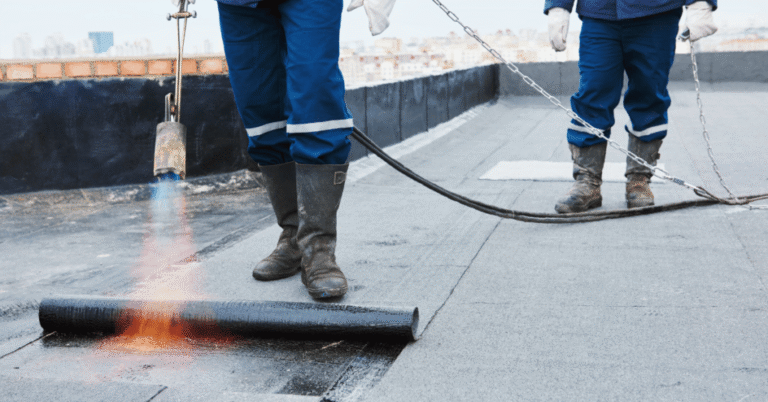The structural integrity and durability of a building depend mainly on two essential factors: strength and waterproofing. These elements, when properly implemented, guarantee the longevity and safety of a construction. In this article, we explore these concepts and understand their importance for sustainable construction.
La solidité : la colonne vertébrale d’un bâtiment
Definition of strength
Strength, in the building context, refers to the structure's ability to resist applied loads and forces without deformation, breakage or degradation. It is determined by the building materials used, the design of the structure and the quality of the construction.
The importance of solidity
A solid structure guarantees the safety of occupants and the durability of the building. It can withstand a variety of situations, from everyday loads to extreme events such as earthquakes and hurricanes. Strength problems can lead to serious structural defects, compromising safety and requiring costly repairs.
L’étanchéité : la protection contre les éléments
Définition de l’étanchéité
Waterproofing refers to a structure's ability to prevent water infiltration, whether through walls, roof, windows or foundations. It plays a crucial role in preventing moisture damage, such as mold, rot and corrosion.
Importance de l’étanchéité
Airtight construction offers greater protection against the elements, increasing the building's durability. Leakage problems can lead to structural damage, reduced indoor air quality and health problems for occupants.
Les méthodes pour assurer l’étanchéité
Tight construction requires a number of factors to be taken into account, including the use of appropriate materials, the installation of moisture barriers, the correct installation of doors and windows, and good ventilation.
FAQ
Quels sont les signes d’un problème de solidité ?
Cracks in walls, doors or windows that don't close properly and uneven floors can be signs of solidity problems.
Quels sont les signes d’un problème d’étanchéité ?
The appearance of mold, peeling paint or water stains on walls and ceilings can indicate a waterproofing problem.
Comment peut-on augmenter la solidité d’un bâtiment ?
This can be achieved by using quality building materials, following proper structural design and ensuring good workmanship during construction.
Comment peut-on assurer l’étanchéité d’un bâtiment ?
The use of waterproof materials, the installation of moisture barriers and good ventilation can all contribute to making a building watertight.
Quel est l’impact d’une construction non étanche ou non solide sur l’environnement ?
An unsound or leaky building may require frequent repairs, resulting in increased use of resources. In addition, the energy required to heat or cool a leaky building can be considerably higher, increasing the structure's carbon footprint.
Solidity and watertightness are essential elements of any construction. They contribute to the durability and efficiency of the infrastructure, while ensuring the safety and comfort of occupants. Understanding these concepts and their importance can help you make informed choices when building or renovating, for a more sustainable and environmentally-friendly construction.


